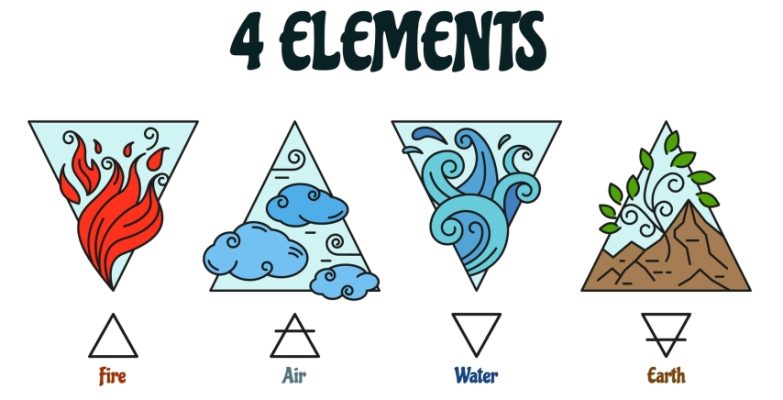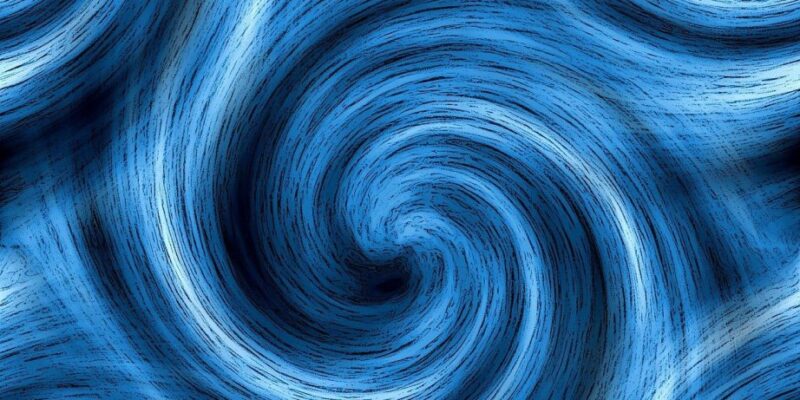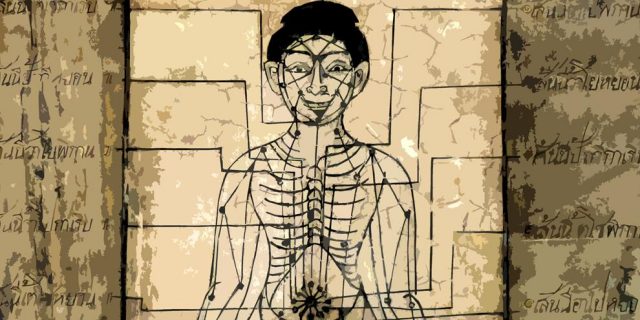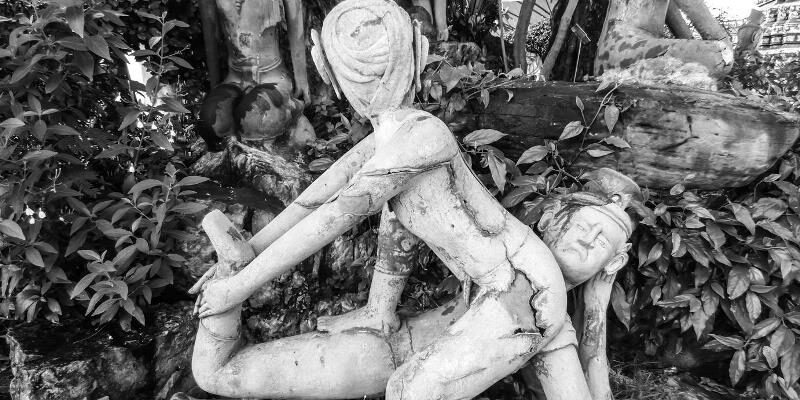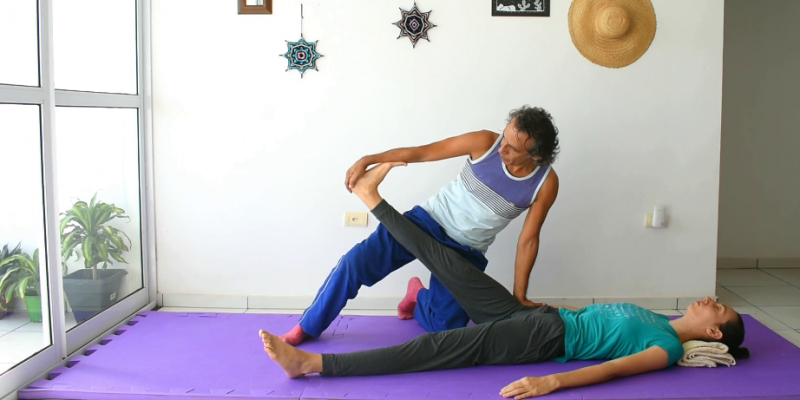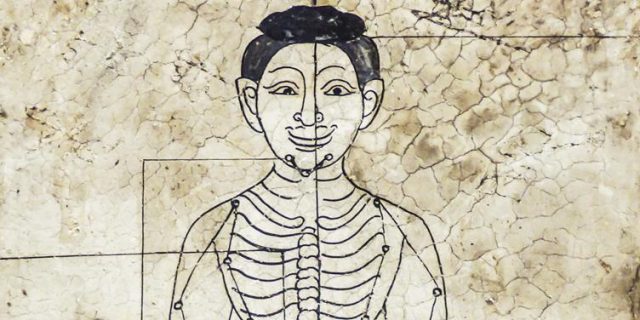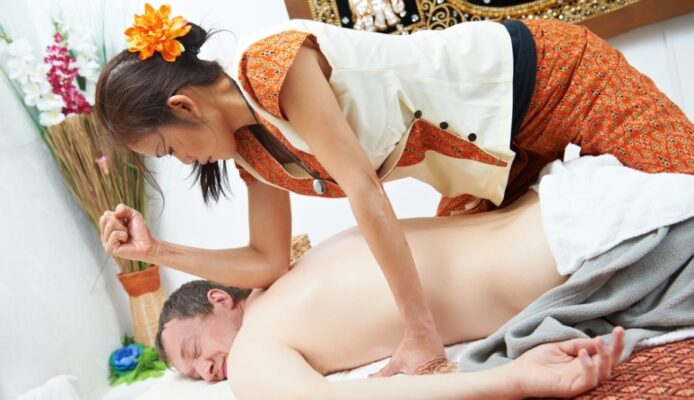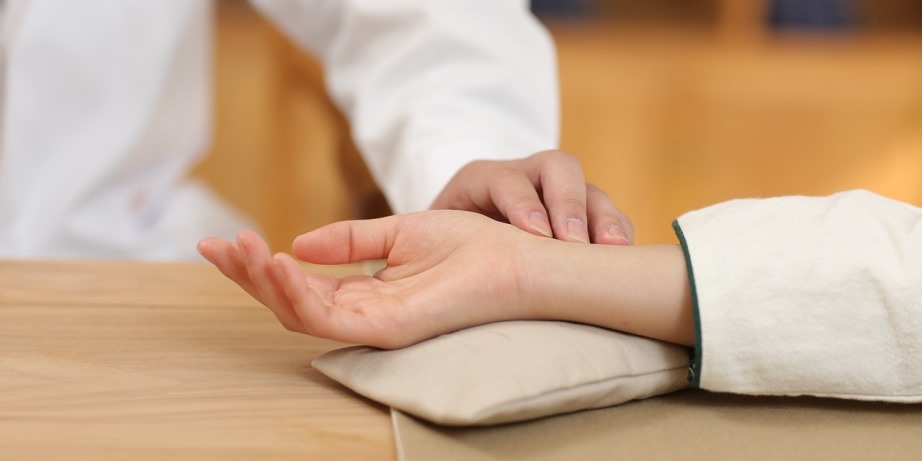
Diagnosis in Thai Massage is a rather vague and complicated art, to say the least. It’s very different compared to what we’re used to in the West where diagnosis of medical conditions is usually the exclusive prerogative of the licensed Medical Doctor.
To better grasp the way traditional diagnostics is done in Thailand, we first need to remember that there’s not one way of diagnosis in Thai Massage or Thai Traditional Medicine; different therapists and distinct lineages use different techniques. Nevertheless, we should also remember that notwithstanding the fuzzy factor, traditional medicine in Thailand is an officially accepted and widely applied healing discipline and Thai Massage therapists are trained to seriously diagnose clients i.e. patients.
1. Thai Diagnostic Techniques

Now, how do Thai Massage therapists diagnose? Well, basically the Thai diagnostics art is based on lineage, experience, observation, palpation, and intuition. An always important factor — done by the majority of therapists — is assessing imbalances in the client’s body and energy system with the aim to determining so-called blockages and obstructions in the Thai Sen Energy lines.
Diagnostic techniques range from iris, tongue, skin, and pulse diagnosis, phrenology, reflexology, assessing the Four Body Elements (Earth, Water, Wind, and Fire), checking out the client’s horoscope, “seeing” energy fluctuations, to simple intuition, observing posture, and postural tests, or applying the Indian Ayurvedic Tridosha system, to name some of the most important techniques used.
Palpation, by the way, is a very important technique used, and can give information about hot and cold areas, tightness or weakness, tensions and contractions, mobility issues, correct position, location and state of organs, and the like. Certainly, proper assessment done the Thai way takes years of training and experience, and we should not take this lightly.
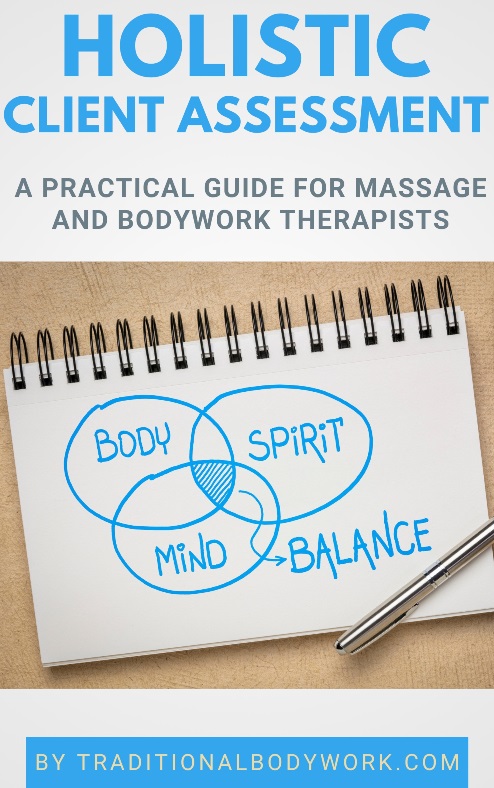
Furthermore, to better understand traditional Thai diagnostics, it’s good to realize that many of the techniques and methods used are derived from Indian, Tibetan and Chinese traditional medicine systems as well as from local indigenous ancient Khmer, Mon, and Thai based diagnostic knowledge.
Of course, Western Thai therapists will most likely simply start their diagnosis by asking their clients about specific symptoms and additionally inquire if any other diagnosis has been made by a professional healthcare provider. In any case, Western massage therapists should always be aware of their limits and limitations when it comes to diagnosing serious medical conditions.
Apart from using Thai diagnostic techniques, Western Thai Massage therapists will additionally apply their own contemporary knowledge, which is usually gained via formal massage education and work experience in other massage, bodywork, alternative or complementary medical disciplines.
2. Imbalances – Excess or Depletion
In the Thai diagnostic system, much drives to determining which organs or functions are affected by obstructions of the flow of Life Energy — Prana or Lom Pran — through the Sen Sip Energy Lines, and whether these disorders are manifesting as an excess or depletion.

Excess is typically displayed by tension, swelling, sharp pains, fever or high body temperature, skin issues, redness, bloat, high blood pressure and fast pulse. The patient that experiences excess often shows tension, irritability, anxiety, sleeplessness, and shallow breath. In general one could say that excess manifests outwardly.
Depletion alternatively, is more typically shown by thinness, a lack of appetite, dull pains, paleness, atrophy, weariness, low blood pressure and slow pulse, coldness and low body temperature. The patient that experiences depletion often feels weak, tired, sleepy, dizzy and nauseous. Here we could say that depletion is manifested more inwardly.
We should also recognize that even in contemporary Western medicine diagnostic skills are at times somewhat “fuzzy” and more an art rather than a science. Symptoms can often appear as a mix of excess and depletion, and moreover, can manifest in more than one organ or in other bodily systems thus making proper assessment difficult.
Learning the diagnostic art from a book or video is simply impossible and intensive training with a master of art, practice, and experience is very important.
3. Thai Massage Treatment
After diagnosis, the Thai healer will treat the patient to either stimulate or soothe the particular organs or other bodily systems; various Thai Massage techniques are applied to do this, notably to manipulate the Sen Energy Lines.

Techniques used are for instance pressure, acupressure, rocking, lifts, stretches, chiropractic, and so on. Obviously, the sort of treatment will also depend on the individual healer and his or her specialty in either spiritual healing, massage, herbs, or nutrition.
Mind that ultimately a Thai therapist will always try to understand what imbalances manifest themselves in the client. Thai Massage treatments will address these imbalances aiming to re-balance the body and energy system. As said before, the therapist will often work and manipulate the Sib Sen Energy Lines because those are — according to the traditional Thai Healing system — intimately connected to certain organs and other bodily systems influencing their functions.
But — to not give you only a one-sided idea — there are many local healers in Thailand who have never even heard of “Sen Meridians” or “Sen Energy Lines” or if they have, never use them deliberately, and still do excellent healing work. Talent, lineage, training, intuition, and years of experience still play a very important role in the Thai Traditional Medicine realm.





